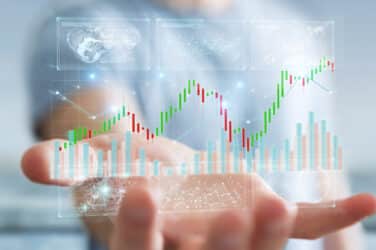
The ongoing evolution of fixed income markets has shaken up the desired skill set of the fixed income trader.
Key themes discussed over the past couple days at the WBR Fixed Income Leaders Summit include automation, data, and artificial intelligence. Much has changed over the past several years, and more change is ahead, so traders cannot be set in their ways.

Supurna VedBrat, BlackRock
“It is important that today’s traders have the mindset that can change easily,” said Supurna VedBrat, Global Head of Trading at BlackRock, at a Friday morning keynote interview. “Agility is important. Forward thinking is important. Innovative DNA. And having the savvy to be able to use technology to advance business processes.”
VedBrat cited working well with others as a requirement, as fixed income trading is increasingly a collaborative endeavour, both in terms of working with portfolio managers internally, and interfacing with multiple external constituencies to source liquidity.
In a market where data has proliferated and trading desks have yet to get their arms fully around another key skill for a trader is the ability to “understand the story of what the data is telling us,” VedBrat said.
Regarding automated execution, VedBrat said the framework is to leverage data to make decisions on where to route a trade, based on acceptable price parameters. “We want to allow data to simplify and make executon more efficient,” she said. “Automation is not replacing human intelligence — it is making human decision-making smarter and faster.”
BlackRock is open to using more all-to-all, or open, trading if that’s where the other side of the trade can be found. “We need to be able to reach liquidity regardless of where it is,” said VedBrat, who added that the distinction between buy side and sell side is not as important in this context, as any market participant can provide liquidity.
With all all-to-all trading, “we have seen success in couple different markets” she said. “Assets are sitting with the buy side, so the buy side is in a pretty good position to be able to provide liquidity. The buy side provides liquidity as a price maker when ready to declare a price at which they’re willing to exchange risk.”
In introductory remarks for the keynote interview, MarketAxess CEO Rick McVey cited four major trends the platform operator is seeing: (1) a proliferation of data, (2) substantial technology investment to automate processes, (3) a transformation of the odd-lot market, and (4) increasing adoption of all-to-all trading.






